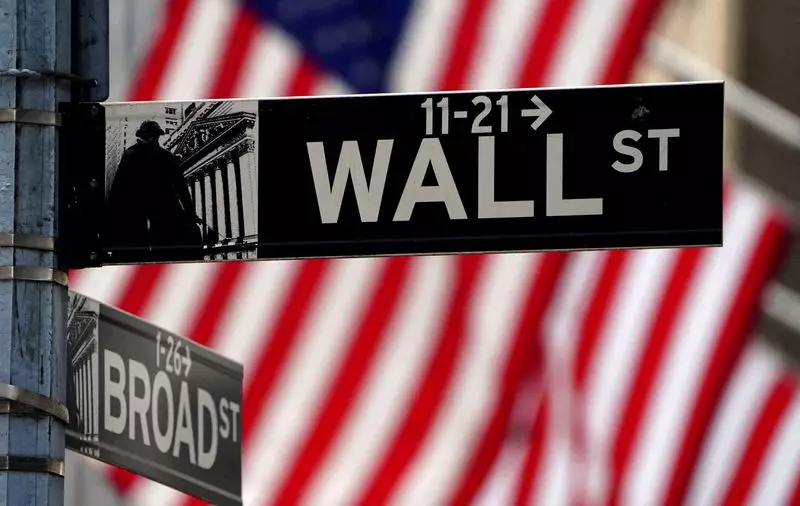With futures tied to Wall Street’s main indexes rebounding from heavy losses last week, investors are cautiously optimistic about the prospects of a soft landing for the U.S. economy. The rebound comes ahead of a crucial inflation report later in the week, which will provide further insights into the economic health of the country. Despite last week’s volatility and uncertainty, all megacap stocks rose in premarket trading, signaling a potential shift in investor sentiment. Companies like Tesla, AMD, and Marvell Technology have seen gains, reflecting a positive outlook for the market.
Global markets experienced turbulence last week, driven by uncertainty over the U.S. economy’s health. This uncertainty has had a ripple effect across various asset classes, further compounded by the Federal Reserve’s shifting policy stance and concerns over stretched valuations. The weak August jobs data released on Friday heightened worries about economic growth, leading to significant losses in major indices like the Nasdaq Composite and the S&P 500. Despite these setbacks, the S&P 500 remains up by 13.4% for the year, as investors cling to hopes of a soft landing for the economy.
Focus on Inflation Data
As investors eagerly await the U.S. consumer prices data scheduled for release on Wednesday, all eyes are on the inflation numbers. Expectations are for a moderation in headline inflation for August, with hopes resting on a yearly basis of 2.6%. The monthly basis is forecasted to remain unchanged at 0.2%. This data will be followed by producer prices data on Thursday, providing further insights into inflationary pressures in the economy. Market participants are closely monitoring these figures, as they anticipate a 25-basis-point rate reduction by the Fed next week and potential monetary easing by the end of the year.
Money markets currently predict a 75% chance of a rate cut by the Fed, with expectations of a total monetary easing of 100 bps by the end of the year. Bank of America, traditionally conservative in its forecasts, has aligned its expectations with other Wall Street brokerages, anticipating 25 bps of easing in each of the three remaining policy meetings this year. This aligns with the overall market sentiment of cautiously optimistic, with hopes pinned on rate cuts to avoid an economic downturn.
Impact of Political Events on Market Dynamics
In addition to economic data, political events like the upcoming debate between Democrat Kamala Harris and Republican Donald Trump on Tuesday could also influence market dynamics. The presidential election scheduled for Nov. 5 adds another layer of uncertainty for investors to navigate. Individual stock movements, such as Boeing, Dell Technologies, Palantir, and Erie, reflect company-specific factors and their inclusion in the S&P 500 index. These changes signify broader shifts in market composition and investor sentiment towards these companies.
Overall, the interplay between economic data, market expectations, and political events creates a complex landscape for investors to navigate. While optimism remains high regarding a soft landing for the U.S. economy, challenges and uncertainties persist, requiring a careful balance of risk management and strategic decision-making in the weeks ahead.

